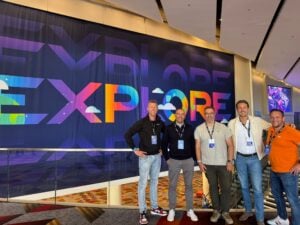Last time, I wrote a short intro about capturing and describing our company culture. A nice conversation between two ITQers (Arjan Bodde and Frank Nijman) was captured from this process. Haven’t you read it yet? You can still do so: https://itq.eu/interview-culture-working-group/
This time, I would like to tell you in seven steps how you could describe your company culture. I know from experience that this is not easy. Culture is big and elusive, and capturing it quickly looks like bad ad copy.
In the summer of 2018, during my job interview, Robert, our CEO, spoke passionately about ITQ’s culture, how valuable and cool it is but that it is more of a feeling and not explicit.
Our company is growing, and we want to keep this beautiful culture. So, by making it explicit, integrating it into our strategy and taking it as a starting point in everything we do, we secure ITQ’s most important cultural characteristics.
Curious about our experiences and how we finally captured our culture? In the following blog you can read how we experienced these steps live.
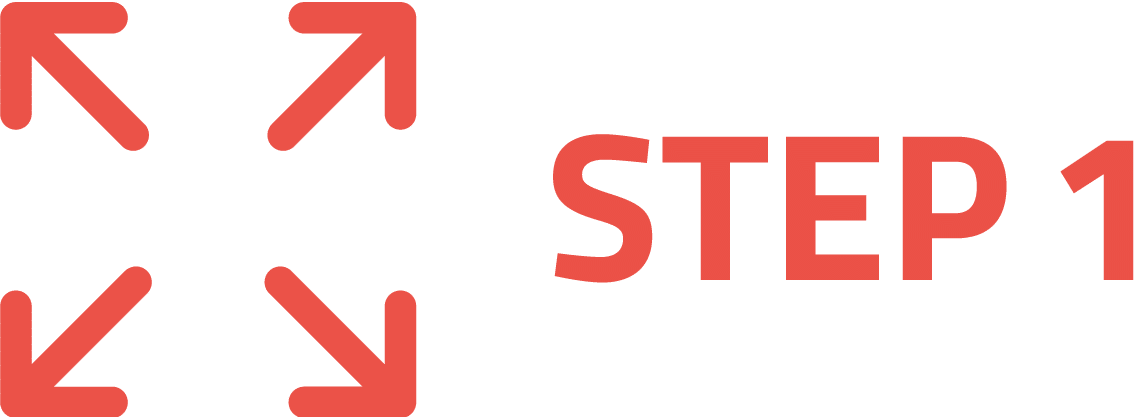
Orientation, research
All beginnings are difficult, and it is therefore quite a puzzle to come up with a plan of attack. Who do I involve, in what form, which working method suits ITQ best, what are the expectations etc.?
To formulate a basic idea, I mainly sparred with HR colleagues and listened to their experiences. I then tested these with the Management Team and refined them here and there. Eventually, I arrived at a plan of attack consisting of three principles. Why only three? Because of the first, and most important, principle: we want to give the working groups as much room as possible to shape their own initiatives. Our second point of departure is the choice to have a sounding board group alongside the working group. And finally, the composition of the working groups. It is important to create a mixed group in which the power of diversity does its work.
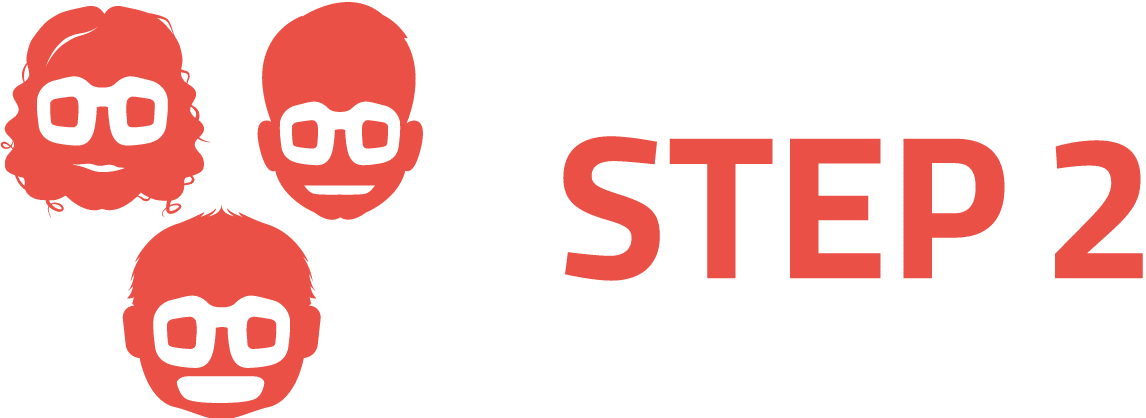
Composing working groups
A call during one of our vAfternoons (our monthly knowledge session), followed by an e-mail, is sufficient to receive many registrations. And that says something about the ITQ culture!
We choose both groups to achieve a good distribution across the teams, according to age and date of hire. The working group consists of five ITQ people, including myself, the sounding board group consists of four colleagues. The sounding board group tests the working group’s output. An effective way of working that keeps us sharp and leads to better results.
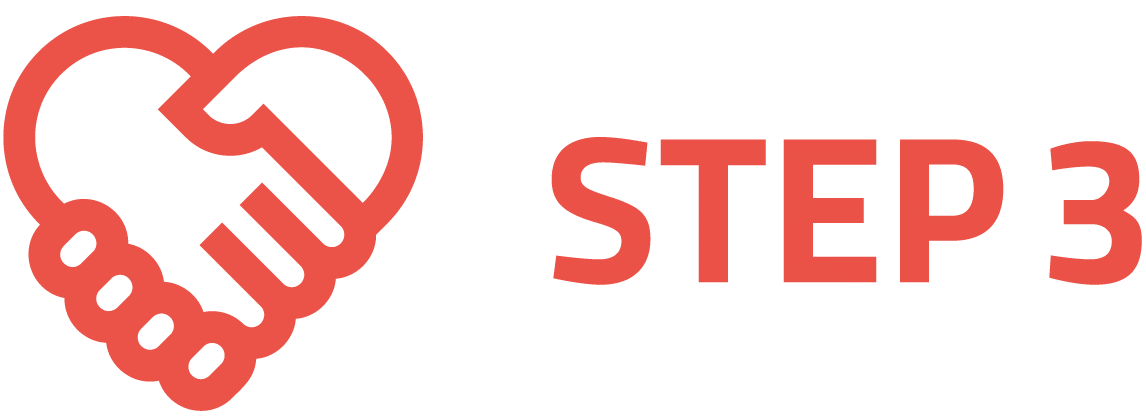
Describing the current culture
With our four core values ‘quality, passion, authenticity and ownership’ on the wall, we set to work. Armed with a lot of post-its, we write down our thoughts, experiences, quotes with the core values as a starting point and source of inspiration.
Then we try to categorise all input via the core values. We get stuck here because there is too much overlap between these values. This turned out to be a good development later on, because it laid the foundation for the five themes of our eventual culture story.
We spent a number of lovely evenings and finally there was a working document with rough, but very valuable material. A document that I still pick up today when I need inspiration to say or write something about our culture.
After this, I go through each theme together with the sounding board group and check whether they recognise themselves in it, whether it does something for them and whether they have any additions. Again, a beautiful and critical conversation with a group of enthusiastic ITQers which brings the story even more to life.
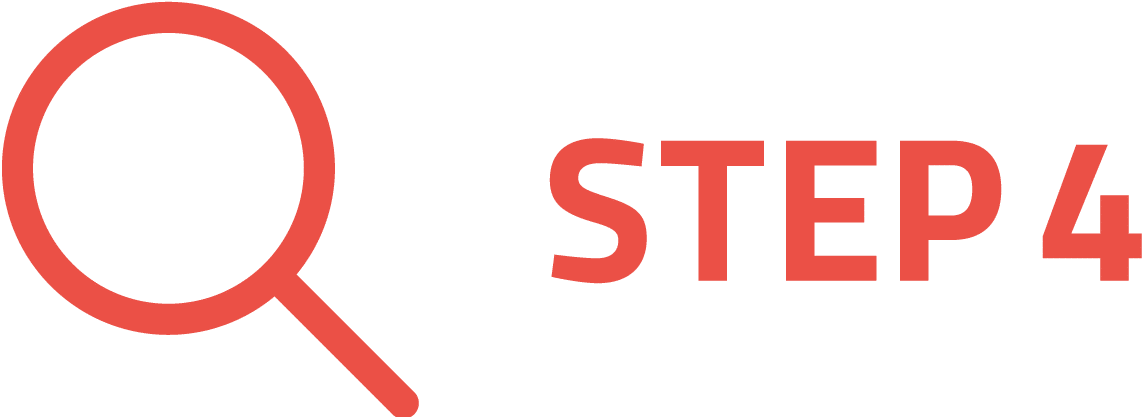
Find the differences with the desired culture
How cool it was to discover in step 4 that our current culture, apart from a few small things, is also our desired culture. This allows us to skip an extensive gap analysis and a transition from A to B. It allows us to focus on what makes us strong and what aspects of our culture we want to retain. We can focus on what makes us strong and what aspects of our culture we want to maintain, secure and keep alive for the future, where the risks lie and what elements we want to strengthen.
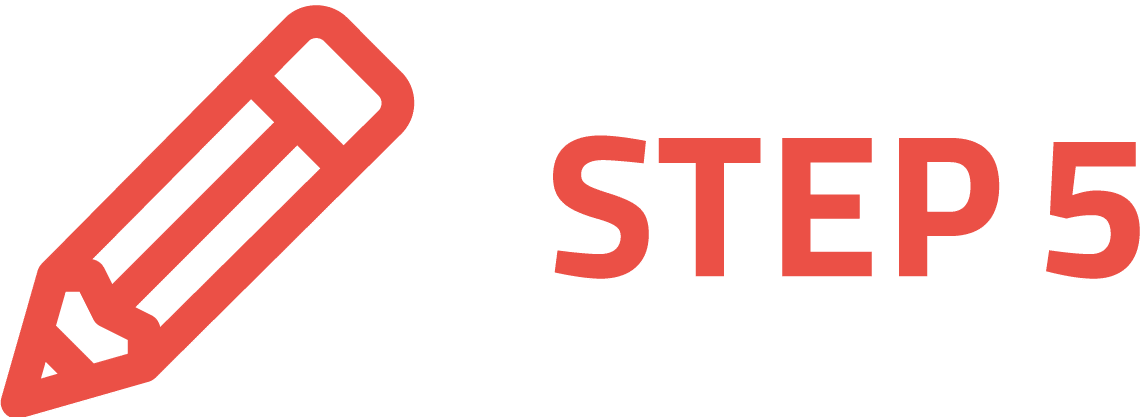
Visualising the culture
The first idea for a visual actually arises during the post-it moment when we try to describe the current culture. In one of the subgroups the idea is formed into a circle with the ITQ gang in the middle. This circle then transforms into a pizza, a symbol of coming together in view of the many pizzas that passed through during the sessions, after which the next layers are applied like pizza slices. After this, we return to our first idea, a circle, the heart of our organisation, which translates to ‘We are one’, and around this we see four other cultural themes: Trust & Freedom, ITQuality, Homebase and the ITQer. In the visual, we have reflected our core values as the foundation of our culture. With tremendous help from our Marketing Department, we eventually arrived at this visual.

Even though we are not visual experts, we are quite proud of the final result. With this picture, we can describe our culture and tell the stories behind it.

Support and involvement
Alongside the interaction with the focus group, we also involve the Management Team in the steps we take. During one of the MT meetings the culture working group shares the first results on how we see the ITQ culture. Except for a few points, it is a feast of recognition, fortunately.
What also works out well is to test our first results with our colleagues. Halfway through the process, the idea arose to enter into a kind of confrontation with our colleagues during one of our vAfternoons to test our initial results. Via Kahoot we ask all ITQ-ers to vote on challenging, stimulating propositions and discuss the results together. It was a cool afternoon in which we not only tested our initial results, but also took the first steps towards increasing the recognisability of our culture.
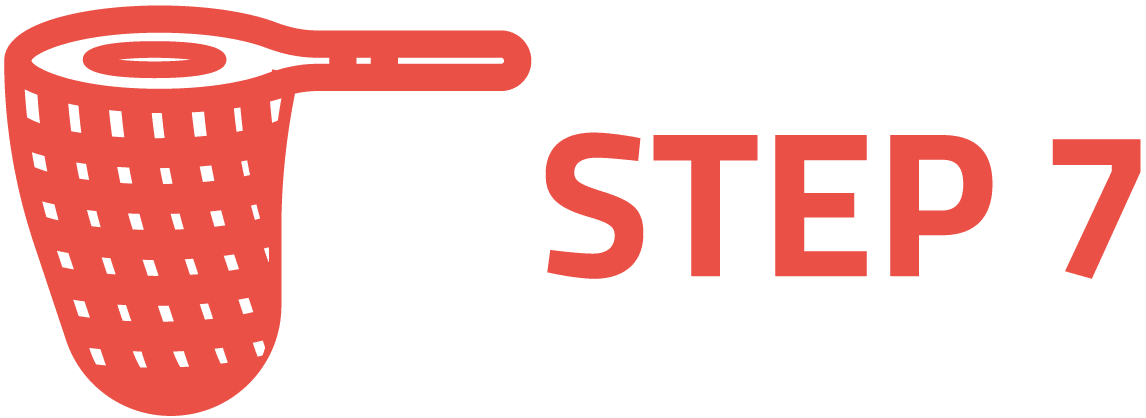
Culture captured and described
With the visual and the working document in hand, we make several wild attempts to come up with a catchy text that tells the story of our culture. And that is a tough one. We work in groups and each group is given a culture theme. So we use the working document and the visual for inspiration to describe what that theme means to us. This is an important step, because we are already getting to the heart of the matter based on a great deal of information. But it is still too much. A final step, which I personally found to be the most difficult, is to delete so many beautiful words and alter sentences in a slightly different way to arrive at our final story, which we have recorded on our website: https://itq.eu/itq-culture/
In this story, we take you through what ‘We are one’ means to us, what the inner ring stands for, how the other themes Trust & Freedom, Home base, ITQuality, the ITQer strengthen our cooperation both internally and externally.
With these 7 steps, we have now explicitly captured our culture. Besides being enormously proud of the result and enjoying the cooperation with the culture groups, in my daily work I am able to integrate our culture in almost everything we do. Not only in numerous policy choices, discussions in the MT, but also in our various HR themes on, for example, leadership development, recruitment and onboarding. More about this next time during an ITQonversations, in which Francisco Perez will unleash his interview techniques on me and our next blog, together with Robert Hellings, on leadership development at ITQ.
Ilona Dinkgreve

